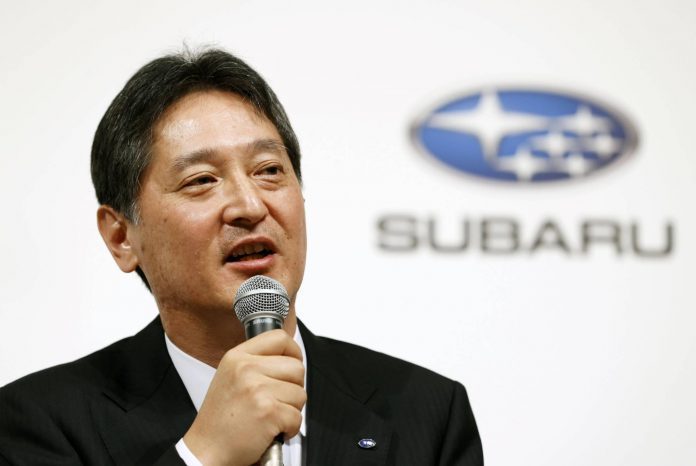Subaru has reenvisioned its electric vehicle sales targets in a sudden and drastic shift from its historically tempered expectations.
The automaker initially hoped to sell 400,000 electric vehicles worldwide starting in 2028, a much more conservative estimate than General Motors’ forecast of 1 million units for 2025. But on Wednesday, newly appointed Subaru CEO Atsushi Osaki shared a new strategy that, if successful, would see the brand sell 400,000 EVs in the U.S. alone by 2028. The plan additionally calls for fully-electric vehicles to comprise half of the brand’s global sales by the end of the decade, a sharp increase from its initial target of 40% from combined sales of hybrids and EVs.
To meet these new targets, Subaru has now doubled its planned lineup to include eight battery-powered models, the first of which, the 2023 Solterra SUV, has already launched. The company also intends to restructure its business model, halving the time spent on product development to support a faster transition to electric vehicles and create new value for shareholders.
Osaki, who assumed his role as Subaru CEO this June, attributed the sudden outlook shift to an unexpected surge in electric vehicle popularity. “The U.S. market is shifting to electrification at a rapid clip, and the situation has changed considerably in just the past few months,” he stated. “In light of the speed of the EV shift in the U.S., we think it is the time to decide on BEV production in the U.S.” Osaki’s sentiments echo the efforts of another recently hired automotive executive, Koji Sato, who replaced Toyota’s previous chief Akio Toyoda in April. Like its competitor, Toyota had long been reluctant to invest in the EV market. However, under four months of Sato’s leadership, the company has set ambitious goals for the segment, announcing new sales targets and technological innovations. EVs are now a key component of virtually every major car manufacturer’s plans for the future. The time to get a headstart over other automakers is nearing an end.




